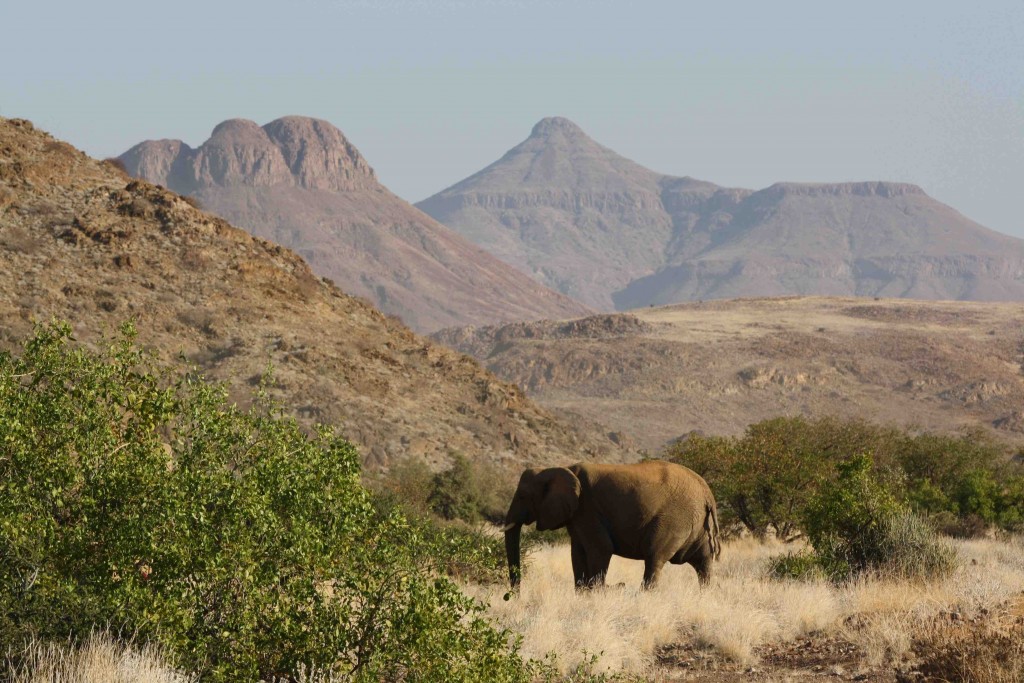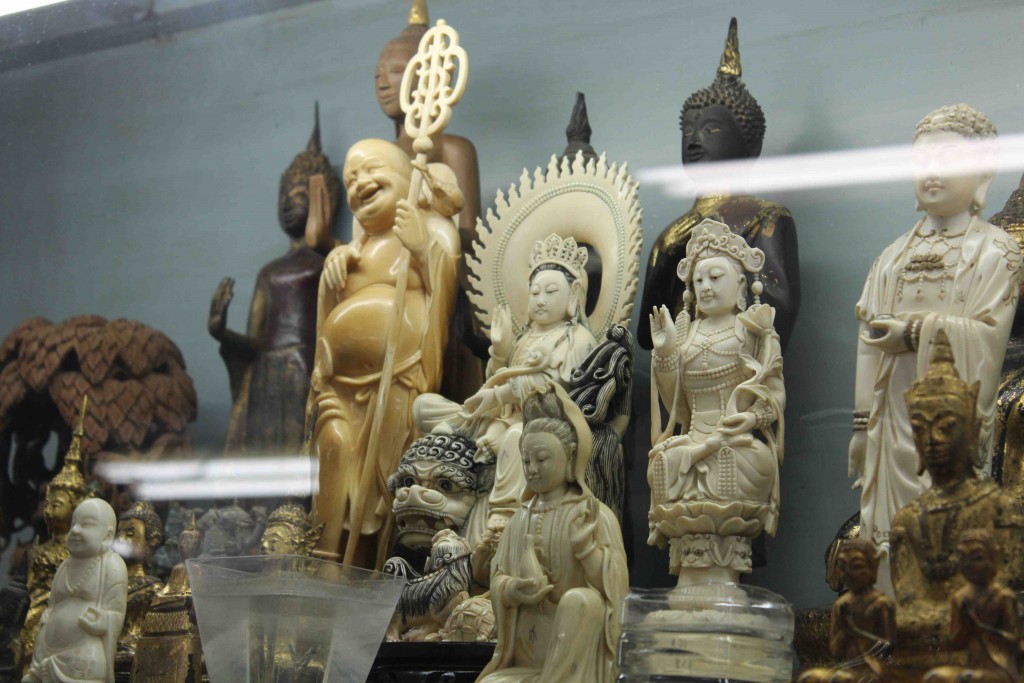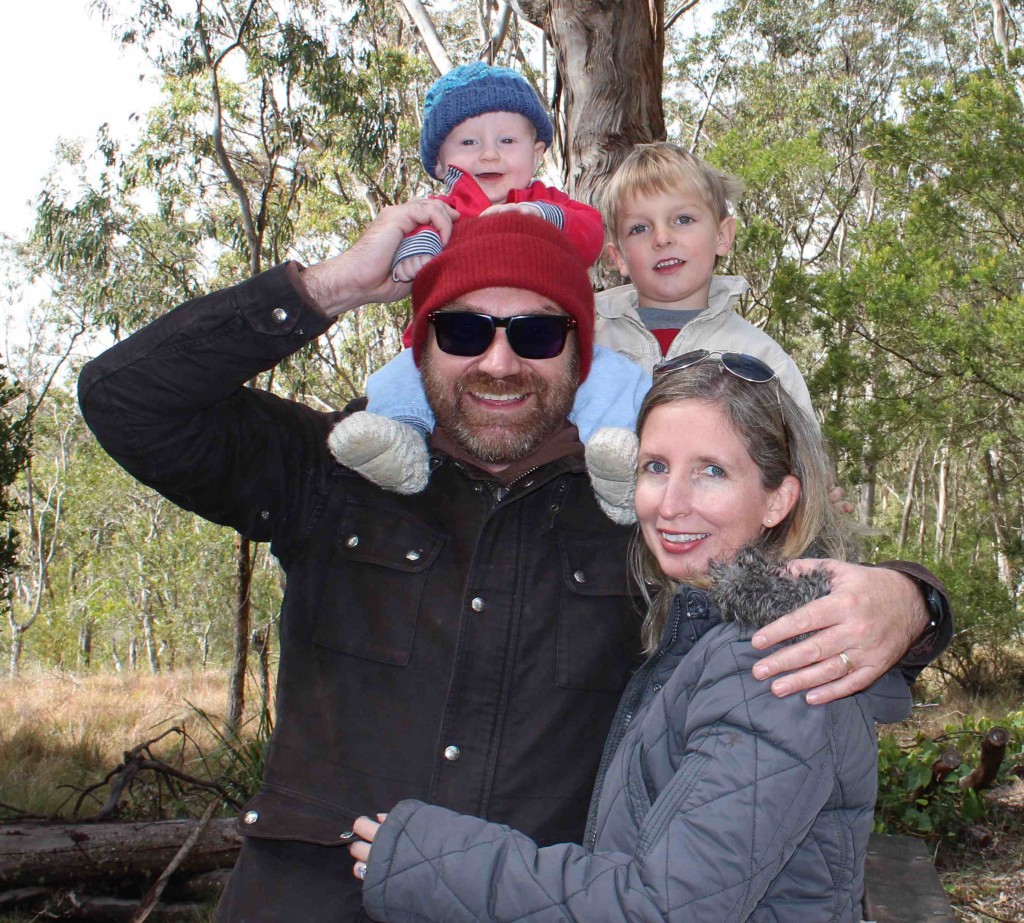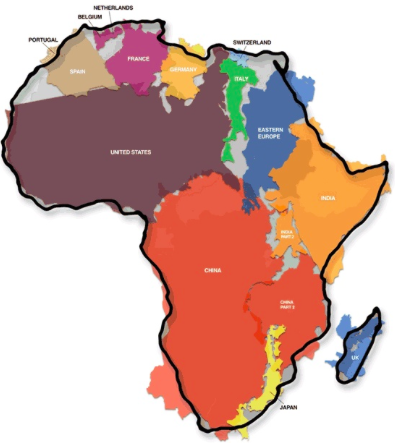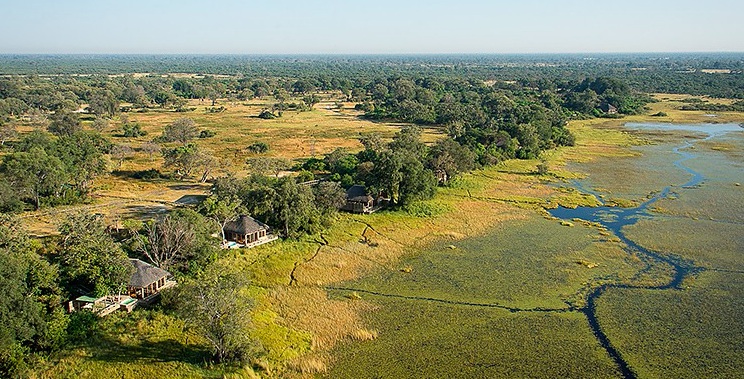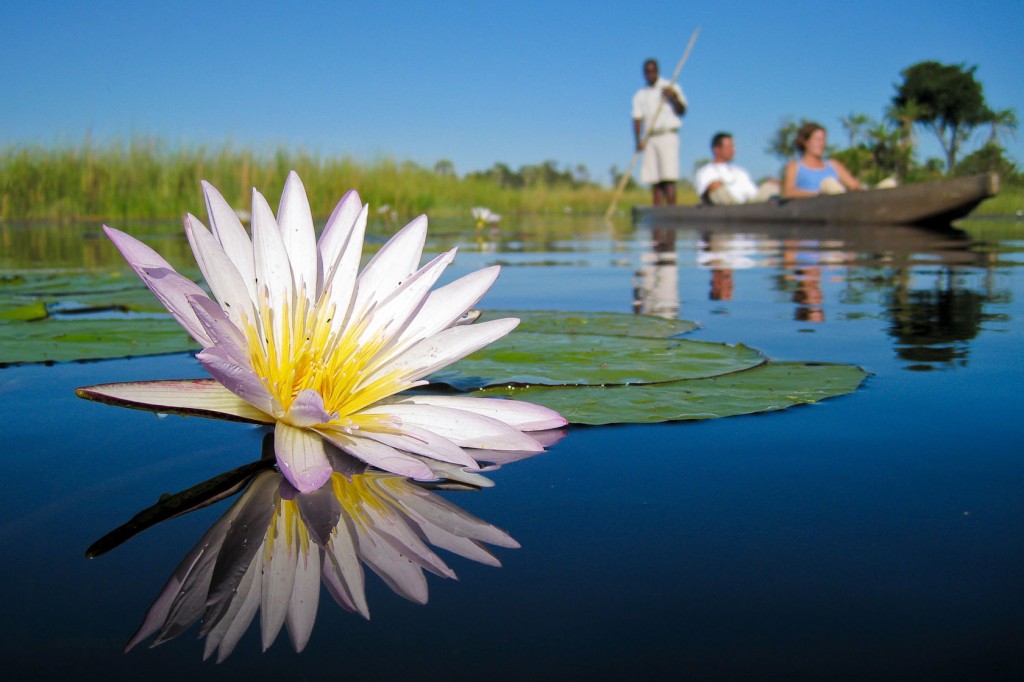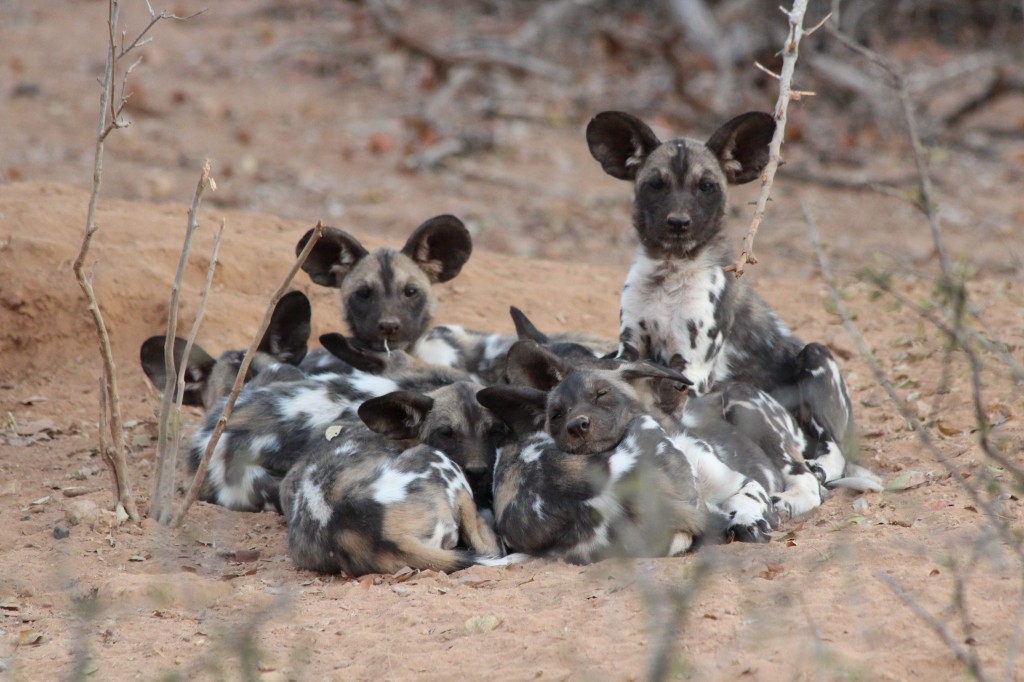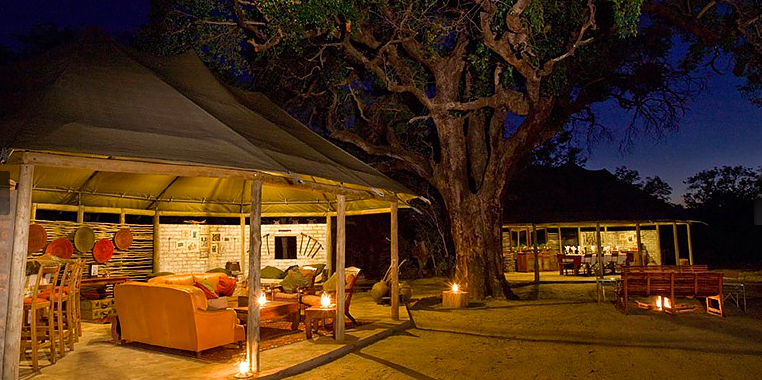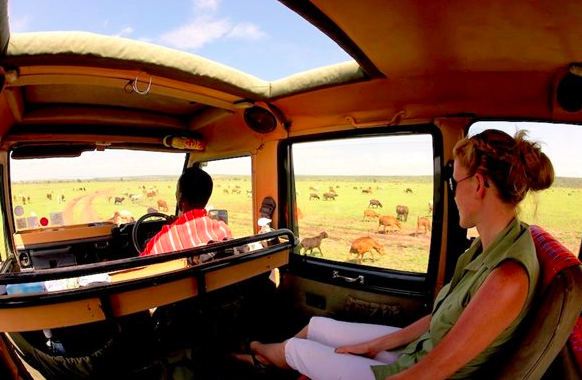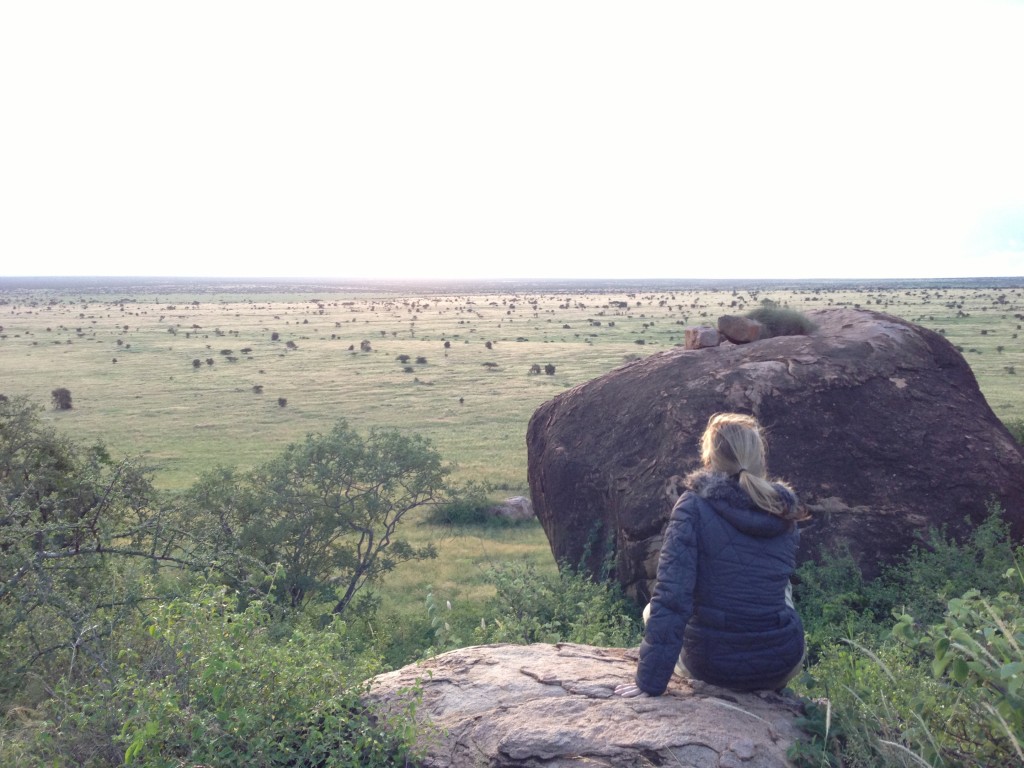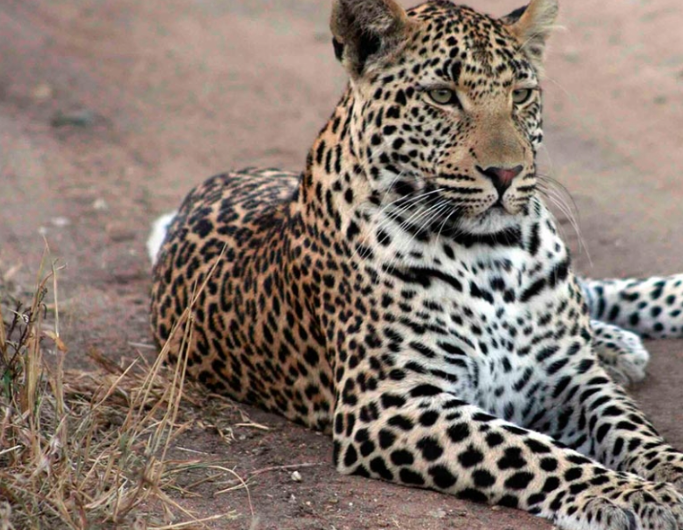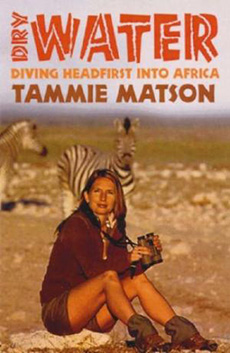Elephants, Safaris & More
First of all, just a quick reminder to book your spots on my 2016 safaris to Namibia and Zimbabwe if you haven’t already. I have very limited spots on these safaris, and they need to be booked a year in advance. For all the details of both safaris, please click here. Both are safaris that really make a difference in conservation and community development. In the Zimbabwean conservation safari in July 2016, you get to track rhinos with the pros, hang out with wild dog and hippos conservationists, and experience the amazing Hwange National Park, known for its large elephant concentrations & much more, and Victoria Falls. In the Namibian conservation safari, we’ll be visiting the north west of the country, focusing on the Skeleton Coast, spending time with desert elephants and the traditional Himba people. I can tell you from personal experience, both trips are mind blowing and life changing and the camps are as good as you’ll get in Africa!
Secondly, you may have heard that both China and Thailand are making some progress on clamping down on the illegal ivory trade. We’ve seen Thailand enforce a new law, the Elephant Ivory Act, which requires that all ivory be registered by the authorities by 21 April 2015 or face a penalty of 3 years in prison and/or a large fine. Some media sources are reporting that as a result the number of ivory traders has dropped markedly, as so many of them were unable to verify the origin of their ivory. I haven’t been able to independently verify this myself, and I believe there continues to be a major need for demand reduction in this country. Thailand has also instigated forensic technology to identify the source of ivory (Asian vs African) and will help police the trade.
China recently banned ivory carvings for a year, around the time of Prince William’s visit to Beijing, however this represents only a small amount of the ivory in circulation, and it’s really nowhere near enough to stop the problem. There’s a good article on this if you’re interested in learning more – click here. Prince William has become an outstanding advocate for stopping the demand for ivory and rhino horn and continues to speak out and use his influence for the cause. Check out his speech given recently in China by clicking here. But it’s going to take a lot more than is currently being done to reduce demand in China, the country most heavily driving the illegal ivory trade.
I’ve been working hard with the Let Elephants Be Elephants team this year to focus our awareness-raising efforts on Thailand this year – so watch this space for more information, coming up soon!
Finally, after a few lovely months back on home turf in Queensland, Australia, our family is relocating again, this time to Amsterdam in the Netherlands where my husband Andy is taking up an exciting new job in the environment movement. I’ll continue to update you on all things elephants and African safaris from my new base there.
My favourite safari destinations in Africa
Africa’s a big place. Actually, really big. You can fit all of China, India and much of Europe into it’s vast landscape. So when you’re planning to go on safari, where do you start? And once you’ve been once, and you’ve got the Africa bug, where do you go next?
So what’s your favourite safari destination? It’s a tough question, because they all have their merits. In this blog I’m going to have a crack at sharing my current top 5 safari destinations and let you make up your mind where’s best for you to live out your dream.
1. Okavango Delta, Botswana
It’s not just that the Okavango is literally teeming with wildlife in the most beautiful palm tree lined wetlands you can imagine, it’s that Botswana itself is such a wonderful conservation success story. With strong and stable political leadership, a healthy economy and 45% of the population being employed in tourism, it’s no wonder this land-locked country at the centre of southern Africa is doing so well at conserving its wildlife.
The human population is only about 2 million and most of the country is classified as desert, so you don’t get the human pressures that you get in other more highly populated African nations (violent crime being one of them). You’ll see all sorts of interesting critters in Botswana, including all the big cats, African wild dogs, the sitatunga, a wetland dwelling antelope I have yet to feast my eyes on, and the largest elephant population in the world. Besides that, who wouldn’t want to explore nature in a mokoro?
Suggested Camps: Chitabe (for predators galore), Xigera (for wetlands, mokoros & sitatungas), Vumburra Plains (for pure luxury in my kind of heaven).
2. Zimbabwe
This choice might surprise you. Zimbabwe is where I started my African journey back in 1993 on a safari with my Dad at the age of 15 in the Save Valley Conservancy, and it’s still a special place to me. The Save Valley Conservancy remains one of the best places in Africa to see rare African wild dogs. If you go during June, July, August, you’ve got a very good chance of seeing pups at dens, and that is just the cutest thing ever. If you arrange to visit through me, you can also meet the team running the rhino anti-poaching operation, Bryce and Lara, and the Turgwe Hippo Trust‘s Karen Paolillo, who has been studying the area’s hippos for decades.
I also love Hwange National Park. It feels like old Africa to me, and the wildlife there, especially in the dry season (June-Oct), is spectacular. I’ve had lions walk right beside the open vehicle in Hwange, and elephants in their hundreds lining up at waterholes. The thing about Zimbabwe is that many people aren’t traveling there because of the political instability brought about by the current regime. But I’ve been traveling there with my family in the last five years without any troubles, and the people are as friendly and welcoming as ever. And of course, on the border of Zimbabwe and Zambia is the famous Victoria Falls, which you have to see at least once in your life to have your breath literally taken out of you.
Suggested Camps: Sango (Save Valley Conservancy), Little Makololo (Hwange National Park), the River Club (at Victoria Falls, on the Zambian side near Livingstone)
3. Kenya
I only recently ventured into East Africa, having spent the last couple of decades exploring what southern Africa has to offer, and man, was I blown away by Kenya! They’ve been doing safaris in style there for a long time, and it shows in the quality of the experiences they can offer. One very good reason to go to Kenya is that it has the famous great wildebeest migration in the Masai Mara. You have to time this carefully to make sure you’re in the right place at the right time. I am taking a group of up to 12 to Kenya in July next year (safari details here) and there are still spots available for now, but please don’t wait to register your interest as my other two trips to Namibia and Botswana sold out in record time!).
When I got off the plane at Ol Donyo in the Chyulu Hills, nestled between Amboseli and Tsavo National Parks, I looked across the vast grass plains and up to the gobsmacking sight of Mount Kilimanjaro, and I was speechless. The key with traveling in Kenya is to avoid the crowds of minibuses and go with a good operator that offers you exclusivity with the wildlife. And as always, I suggest staying at lodges that operate in partnerships with local communities and conservation organisations, so you know your tourism dollars are helping make a difference on the ground. Kenya is also the home of Daphne Sheldrick’s famous elephant orphanage, a truly special experience that has brought many tears to the eyes of those who visit.
Suggested lodges: Naibosho (Masai Mara – a luxury, community partnership lodge), Ol Donyo (near Amboseli National Park, operating in partnership with the Big Life Foundation and local Masai community)
4. Namibia
Having lived in Namibia for six years, studying black-faced impalas and later working on human-elephant conflict, I’ve still got a soft spot for this vast desert land. You won’t get a sense of space like this anywhere else in the world. The silence in the Namib desert can be overwhelming when you live in a noisy city, and can actually take a bit of adjusting to! Spotting unique desert creatures like oryxes, springboks and ostriches on the desert plains is one of the best things about being in Namibia, as is seeing the vast congregations of animals at waterholes during the dry season (July-October).
Etosha National Park is famous for its white elephants (coated in white dust from the Etosha salt pan) and is one of the best places in Africa to see black rhinos. I also love the north west of Namibia, the Skeleton Coast and Damaraland, where you get desert adapted lions and elephants eking out an existence alongside traditional ethnic groups like the ovaHimbas. My absolute favourite camp in Namibia? Serra Cafema, for sure. Up on the border with Angola, right at the top of Namibia, on the Kunene River, it’s the most remote camp in Africa and going there is like going to the moon (in a very good way!).
Suggested camps: Ongava (for Etosha & rhinos), Serra Cafema (for having your mind blown by desert solitude), Desert Rhino Camp (Damaraland, for tracking desert rhinos & supporting Save The Rhino Trust)
5. Okay so now I’m up to number five, and of course, this is not easy, as there are lots of other great options for safaris that I’d like to include here, like South Luangwa National Park in Zambia (real wild Africa with tonnes of elephants) and even some I haven’t been to that I really want to see, like Ethiopia, Tanzania and Mozambique, but I think the final choice for this blog, based on what I’ve seen to date, has to be Kruger National Park, South Africa.
There’s really no other national park like Kruger for an awesome ‘big five’ experience. But it’s the private reserves on the edge of the park that you want to stay in. South Africa offers so many luxurious and mid range options for families, couples or groups, that it’s hard to know where to start. You’ll get a lot for less price in South Africa because there’s a lot of competition and very high standards of accommodation. It’s a great starting point for a first safari, especially for families as they specialise in this. At Tinstwalo last year with then 3 year old Solo, we saw the entire big five, including an incredible leopard sighting and mating lions, in 36 hours!
There are excellent malaria-free reserves in South Africa too, guides that specialise in giving kids an amazing learning experience, and you can always add on a few days exploring Capetown and the magnificent mountains and wineries of the region.
Suggested camps: Tintswalo (for luxury, incredible wildlife & families), Grootbos (2 hours from Capetown, for families & marine life)
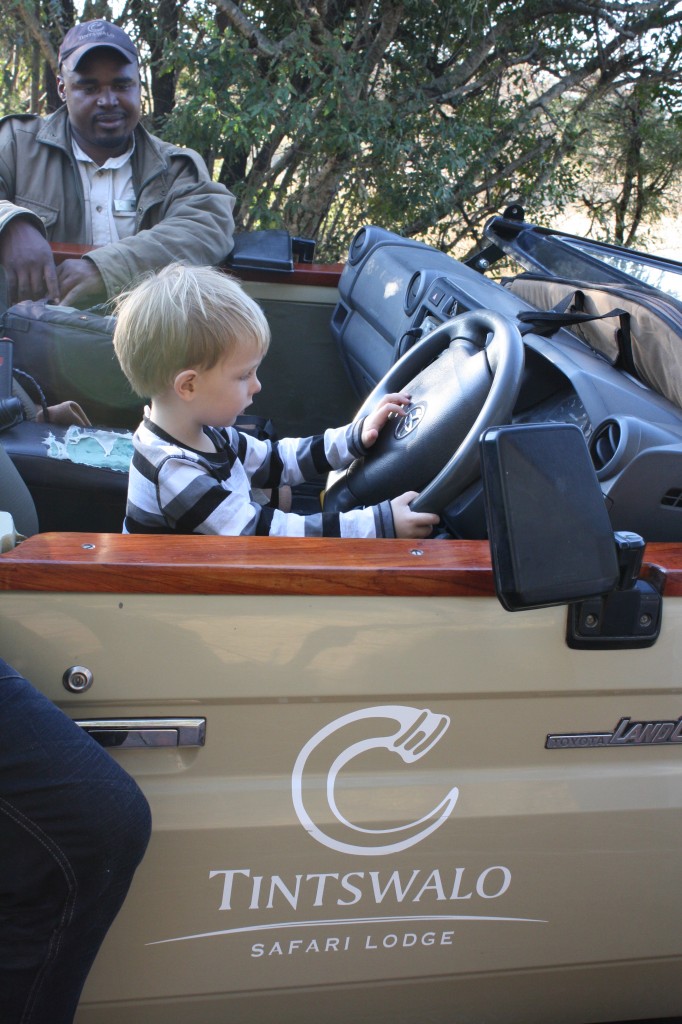
Solo (then aged 3) got to pretend to drive the Land Cruiser while on safari at Tintswalo, South Africa, which was definitely a highlight of the trip for him.
Zimbabwean magic
I don’t know what it is about Zimbabwe, but every time I go back I simply don’t want to leave. Animal Works’ first expedition to Zimbabwe a few weeks ago proved that it wasn’t just me who could be charmed by this magical part of Africa, as 10 Aussies from all walks of life bonded with each other and the locals, while experiencing some of the best wildlife the continent has to offer. (more…)

